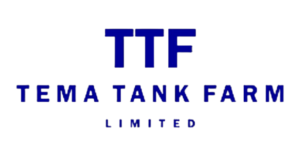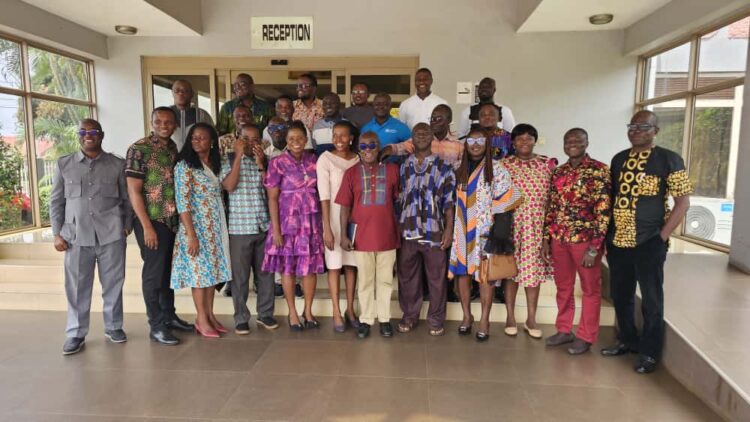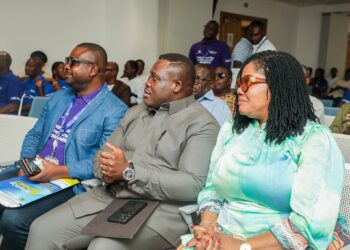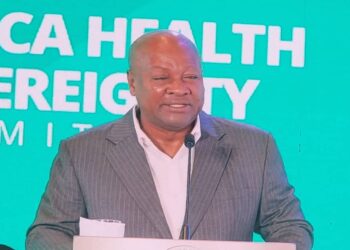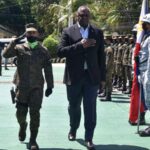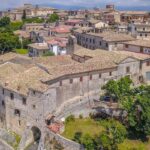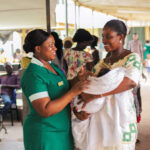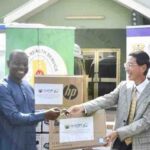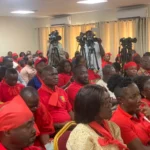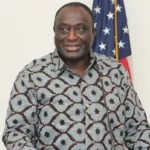Fisheries Commission through research and trials has identified an alternative fish feed formulation that can be prepared using locally available feed ingredients. This was unveiled by Dr. Lawrence Armah Ahiah, the Director of Fisheries Scientific Survey Division of the Fisheries Commission at stakeholders meeting at NODA Hotel in Kumasi on Wednesday, October 15, 2025.
In his presentation to Regional Directors, Centre and Station Managers, Zonal Officers, Regulatory institutions (EPA, WRC), Academia, Researchers, Fish Farmers Association and the media, Dr. Ahiah indicated that the research which started in 2024 was completed in April 2025 and the report is now ready to be shared with stakeholders and the general public.
Through a power-point presentation, Dr. Ahiah indicated that formulated aquafeeds play a crucial role in promoting and sustaining the expansion of aquaculture.
Fish feed typically accounts for 60-70% of production cost in the aquaculture industry. Despite the remarkable increase in aquaculture production in Ghana over the last decade, the industry still faces several challenges including the availability of quality low-cost formulated fish feeds. The high cost of fish feed has been due to the over reliance on imported feed ingredients by local fish feed manufacturing companies in Ghana. Furthermore, the highly unstable local currency to the US Dollar and high import taxes had resulted in price instability which is negatively affecting the aquaculture industry.
To ameliorate the burden of the high feed cost on fish farmers, several studies conducted on tilapia nutrition using locally available ingredients were assessed and three of them were selected for trials on Oreochromis niloticus (Nile tilapia) in hapas, tarpaulin tanks and cages.
The stakeholders were taken through the process from the formulation of the three different fish feeds, which were tried on tilapia cultured in hapas, tarpaulin tanks and cages for 126 days. The main objective of the study was to identify a nutritionally-balanced fish feed formulation that has a low Feed Conversion Ratio (FCR), can induce faster growth rate, is cost effective and affordable.
Dr. Ahiah and his team of researchers concluded that almost all the three formulations supported fish growth, one of the formulations came out clear as the best performing feed formulation with the highest profit index across all the culture systems (hapas, tarpaulin tanks and cages). That particular formulation was over 30% cheaper that the commercial fish feed used a control during the experiment.
The team recommended that the identified formulation should be made available to fish farmers for piloting on commercial culture for validation and adoption as a national on-farm fish feed formulation for the aquaculture industry in Ghana.
Prof. Berchie Asiedu, the Deputy Executive Director of the Fisheries Commission expressed his gratitude to the team of researchers, the Ghana Aquaculture Association, the Veterinarian Institute of Norway and the Norwegian Government for supporting this research through the Fish for Development Project.
